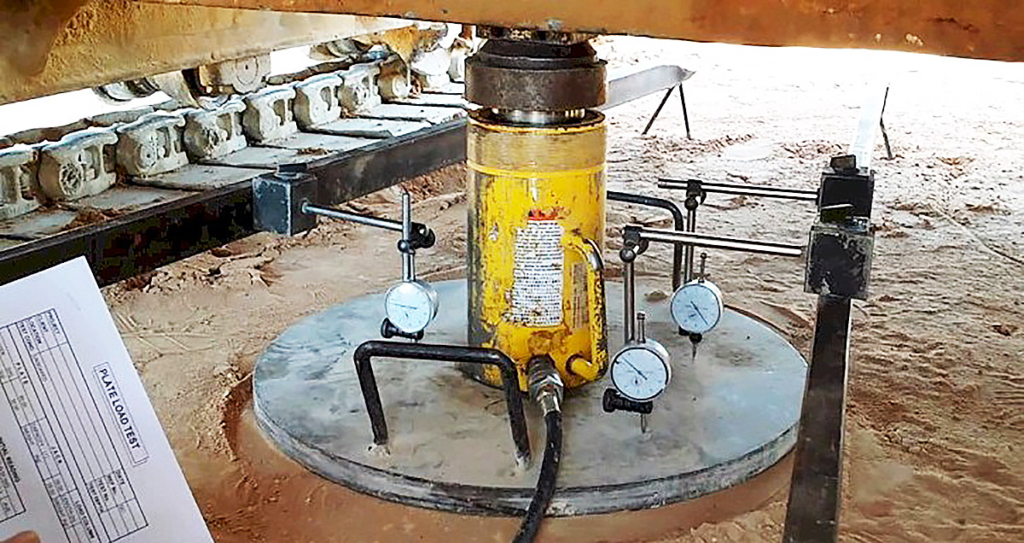Cyclic Plate Load Test: Evaluating Soil Bearing Capacity under Repetitive Loading
A cyclic plate load test (CPLT) is a geotechnical field test used to assess the behavior of soil subjected to repeated loading and unloading cycles. It provides valuable information about the soil’s bearing capacity, deformation characteristics, and liquefaction potential under dynamic conditions. Test Setup: Data Analysis and Interpretation: Applications: Advantages: Limitations: In conclusion, the cyclic […]
Cyclic Plate Load Test: Evaluating Soil Bearing Capacity under Repetitive Loading Read More »
